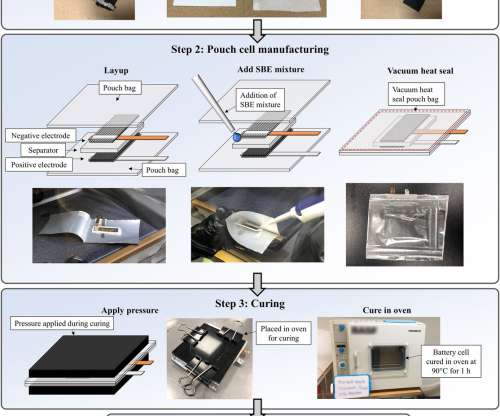PNNL leads team to accelerate development of affordable carbon fiber composites
Green Car Congress
DECEMBER 15, 2017
Researchers at the Department of Energy’s Pacific Northwest National Laboratory, along with experts from industry and academia, have developed predictive engineering tools for designing new, economical, and lightweight automotive composites. This approach should speed the development of more economical carbon fiber materials.


























Let's personalize your content